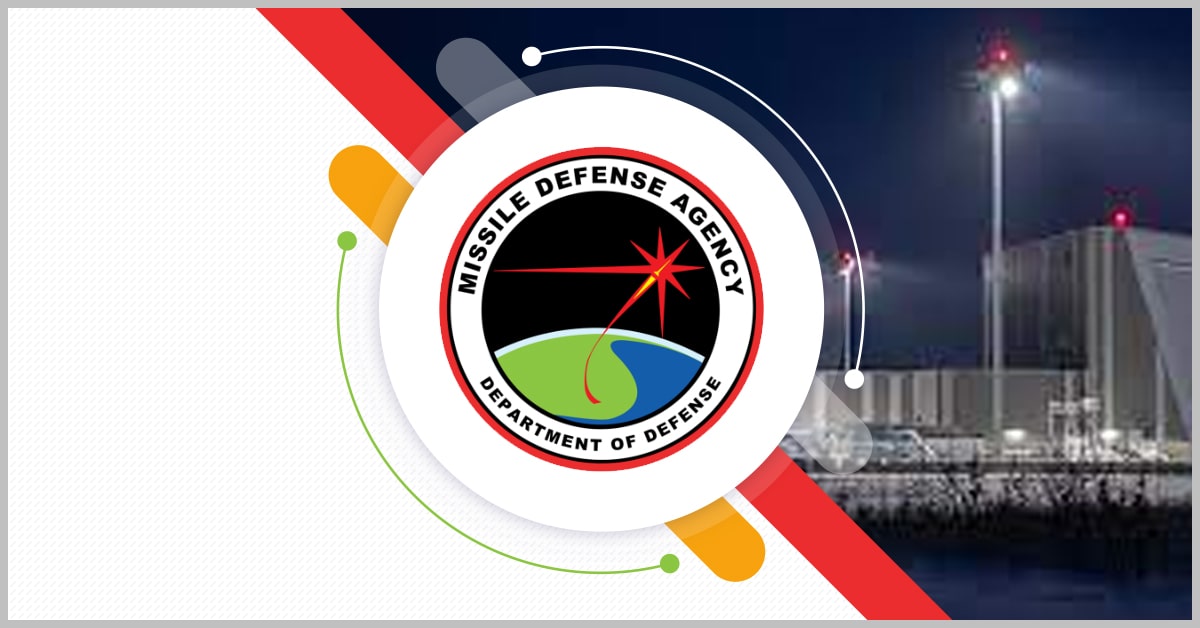Can We Really Reflect Sunlight to Cool the Planet? A Look at Solar Geoengineering and the Need for Global Governance

The concept of deliberately manipulating the Earth's climate – once relegated to the realms of science fiction – is rapidly gaining traction in serious climate discussions. We're talking about solar geoengineering, specifically techniques that aim to reflect sunlight back into space, effectively 'cooling' the planet. But is this a viable 'Plan B' for a world struggling with climate change? And, crucially, who gets to decide if and how we deploy such powerful technologies?
The Rise of Solar Geoengineering
For years, proposals like stratospheric aerosol injection (releasing reflective particles into the upper atmosphere, mimicking the effect of volcanic eruptions) and marine cloud brightening (using seawater spray to make clouds more reflective) were considered too radical, too risky, or both. Now, with climate impacts intensifying – extreme weather events, rising sea levels, and disrupted ecosystems – the desperation to find solutions is driving a renewed interest. Recent research, while still in its early stages, suggests that some solar geoengineering techniques could potentially offer a temporary reduction in global temperatures.
Why Technology Isn't Enough: The Governance Challenge
However, the focus on technology alone is dangerously shortsighted. Solar geoengineering isn’t a replacement for slashing emissions – it's a potential supplement, and one fraught with risks. The biggest challenge isn't the science; it’s the governance. Imagine a scenario where one nation unilaterally decides to deploy stratospheric aerosol injection. What if it inadvertently triggers regional droughts, alters rainfall patterns in another country, or exacerbates existing geopolitical tensions? The potential for conflict and unintended consequences is enormous.
The Need for Global Oversight
Effective oversight requires a robust international framework. This framework needs to address several key issues:
- Research Guidelines: Strict protocols for research are essential to minimize risks and ensure transparency.
- Decision-Making Processes: Who gets to decide if, when, and how solar geoengineering is deployed? A truly democratic process, involving all nations – particularly those most vulnerable to climate change – is crucial.
- Liability and Compensation: What happens if something goes wrong? A clear mechanism for liability and compensation is needed to address potential damages.
- Termination Strategies: Solar geoengineering is not a permanent solution. A plan for safely and gradually phasing out these technologies is essential to avoid abrupt climate shocks.
Beyond Technology: A Holistic Approach
Ultimately, solar geoengineering should be viewed as a last resort – a temporary measure to buy us time while we aggressively pursue emissions reductions and adapt to the unavoidable impacts of climate change. It’s not a magic bullet; it’s a complex and potentially dangerous tool that demands careful consideration, rigorous research, and, above all, global cooperation. Ignoring the governance challenges is a recipe for disaster. New Zealand, with its commitment to multilateralism and environmental sustainability, has a crucial role to play in shaping the international conversation around solar geoengineering and ensuring that it is approached with caution, transparency, and a deep respect for the planet and its people.






